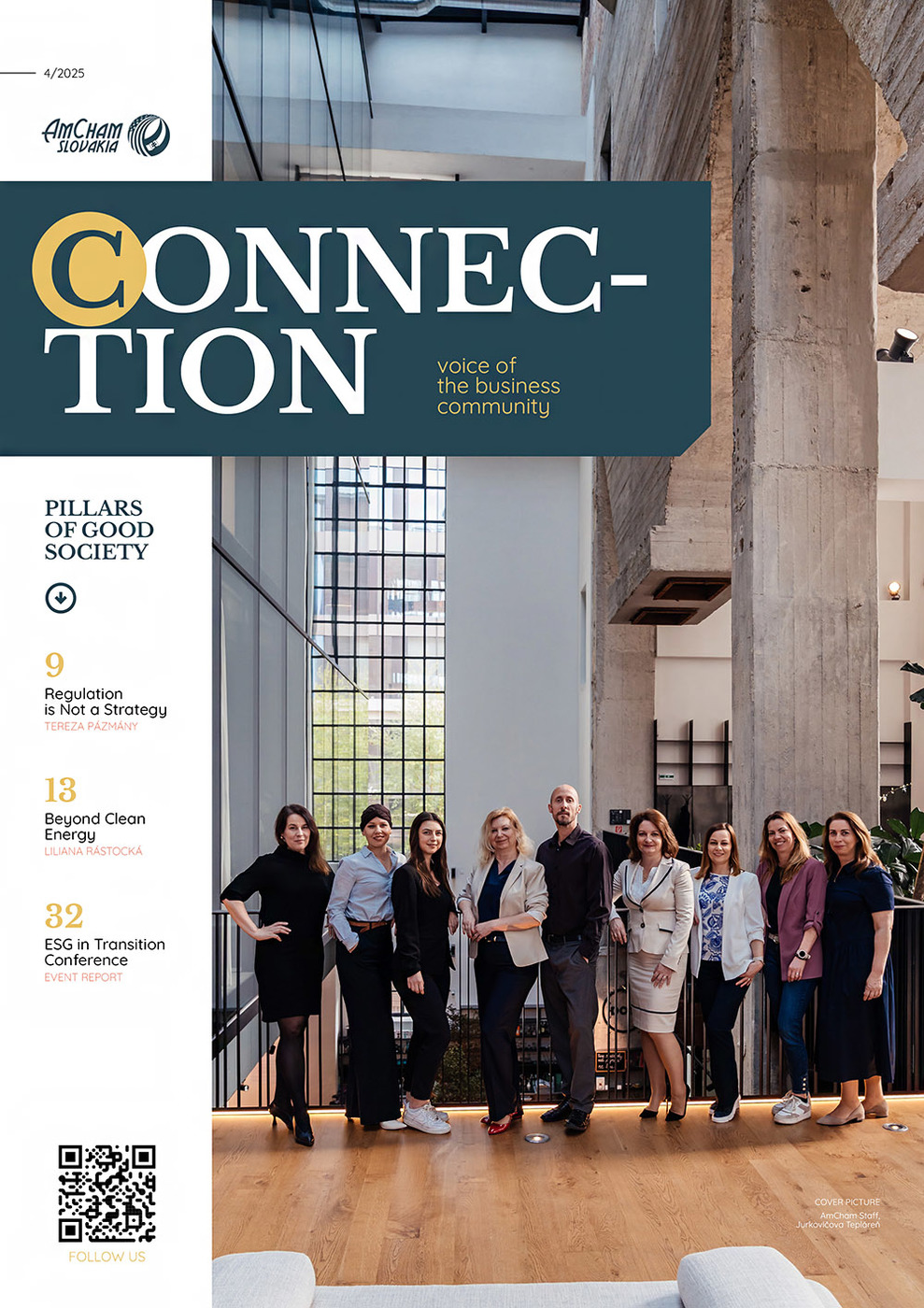A notable example is Lithuania’s GovTech Lab, which has demonstrated its value by developing AI-based software for law enforcement, contributing to measurable reductions in crime in parts of the country. Traditionally, there is distrust between the pillars of the model. Scientists often suspect that industry seeks to profit from their work. Industry leaders complain that academic research moves too slowly and does not always produce practical solutions. And hardly anybody trusts the government. Building trust, therefore, is the most critical step toward an innovative society based on the triple helix model. Yet trust must extend beyond institutions themselves: society at large must have confidence in them as well.
Traditionally, there is distrust between the pillars of the model. Scientists often suspect that industry seeks to profit from their work. Industry leaders complain that academic research moves too slowly and does not always produce practical solutions. And hardly anybody trusts the government. Building trust, therefore, is the most critical step toward an innovative society based on the triple helix model. Yet trust must extend beyond institutions themselves: society at large must have confidence in them as well.
Last year, the OECD published survey results on public trust in government across 30 countries, including Slovakia. According to the final report, 39% of residents across the OECD rated their trust in government as high or moderately high. Conversely, 44% of respondents have low or no trust in their country’s government. In Slovakia, this difference is even more pronounced, with the gap between trust and distrust widening. The level of high or medium trust in the government in Slovakia is 31%, while as many as 51% of the population expressed low or no trust.
I would like to highlight that the Slovak Academy of Sciences, which I have the honor of leading for the next few years, has been at the top of institutional credibility surveys for the past decade. It is extremely important for us to know how the public perceives us. My ambition for the coming period is to strengthen this brand even further and to deepen society’s trust in the Slovak Academy of Sciences and, more generally, in science and research. In conclusion, I would like to emphasize that one of the possibilities how to apply the principle of the triple helix is collaboration in training of highly qualified personnel, i.e., people who will be driving the economy in the near future. Slovakia’s nuclear industry is an ideal starting point: it enjoys strong government support and is crucial to the national economy, yet it faces a shortage of skilled workers. The industry is lacking personnel and academia can be instrumental in the training of young people, but it requires committed support from both government and industry.
In conclusion, I would like to emphasize that one of the possibilities how to apply the principle of the triple helix is collaboration in training of highly qualified personnel, i.e., people who will be driving the economy in the near future. Slovakia’s nuclear industry is an ideal starting point: it enjoys strong government support and is crucial to the national economy, yet it faces a shortage of skilled workers. The industry is lacking personnel and academia can be instrumental in the training of young people, but it requires committed support from both government and industry.
Martin Venhart, President of the Slovak Academy of Sciences



Follow us